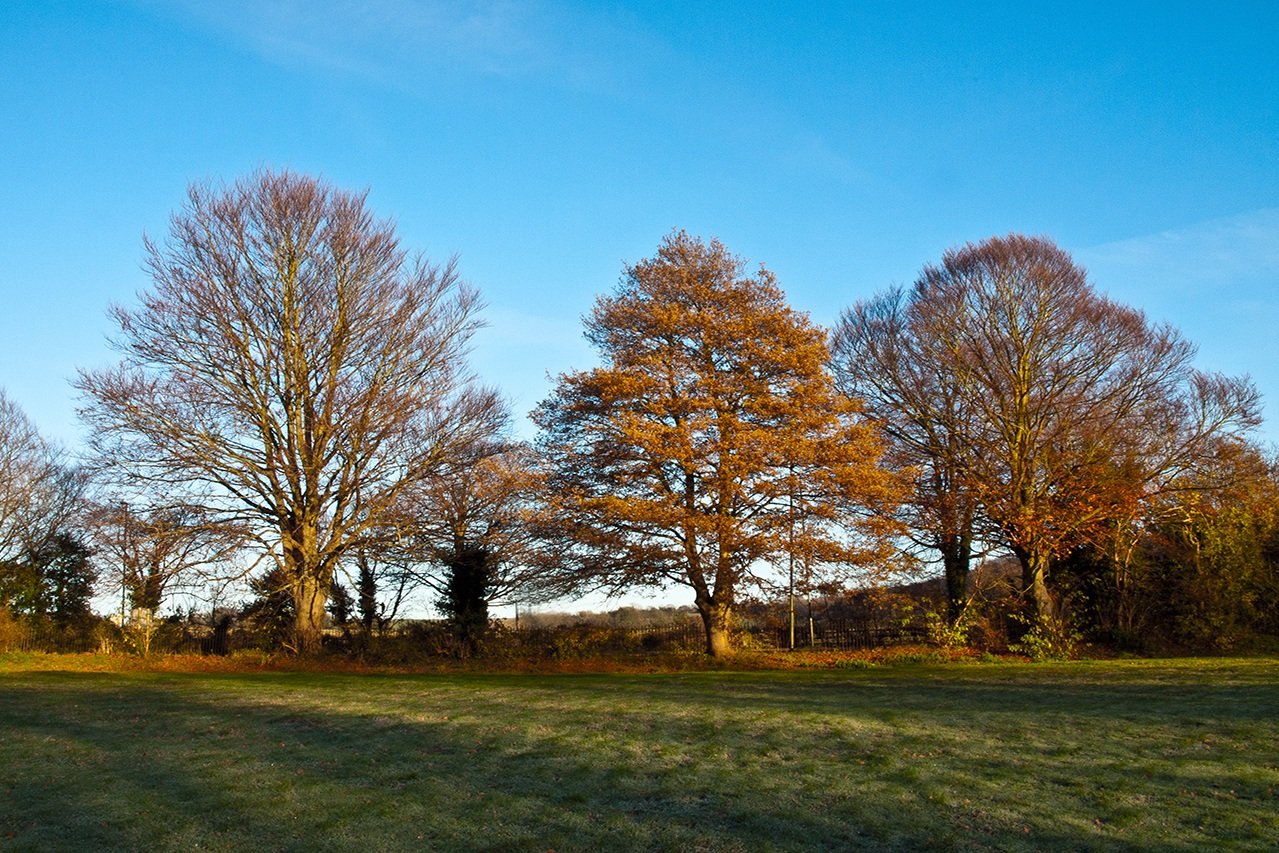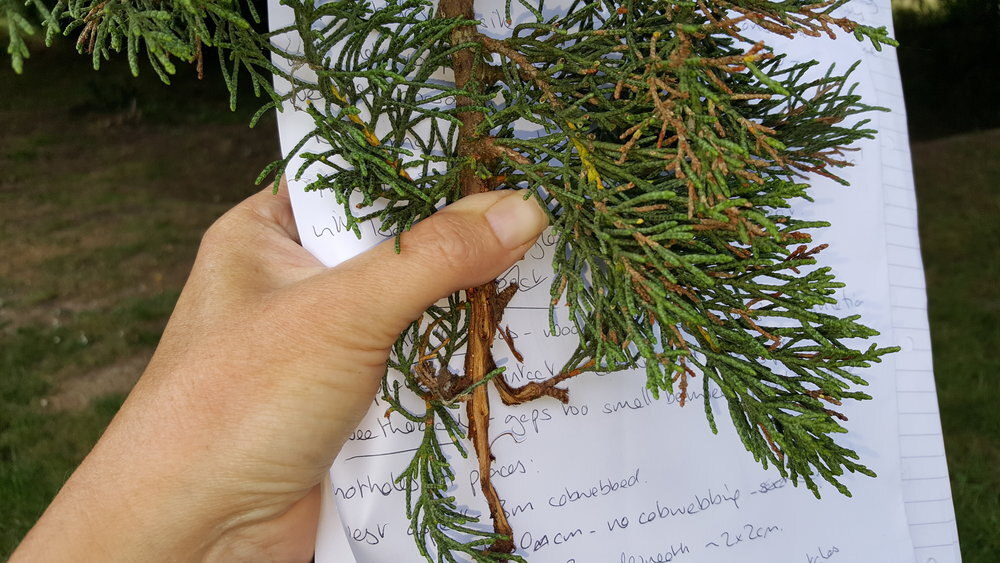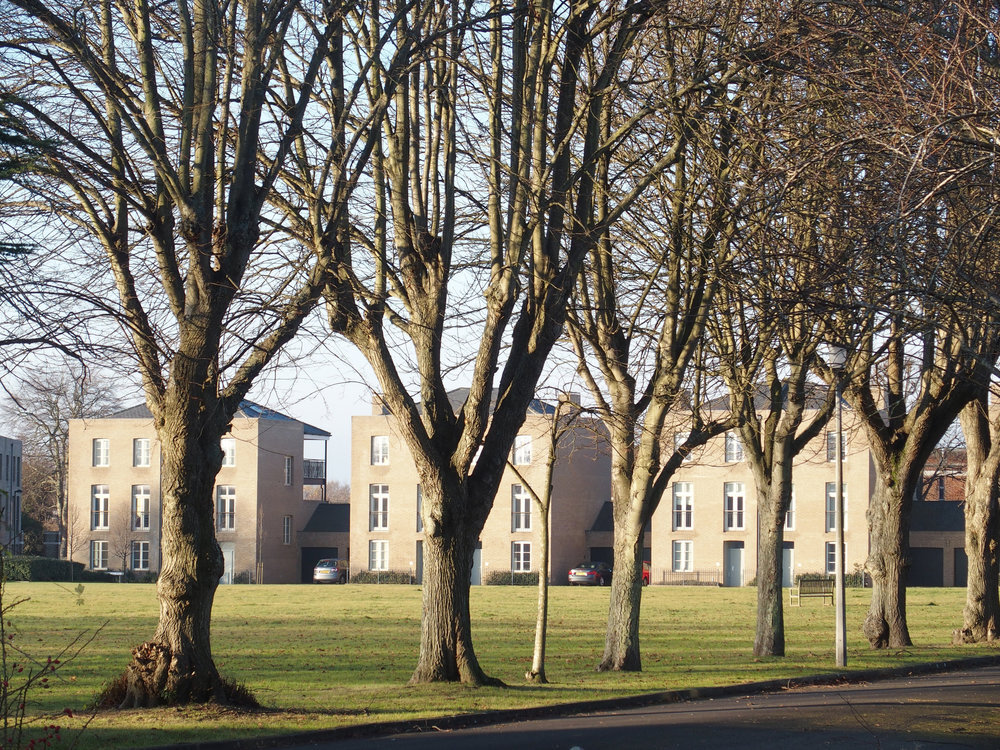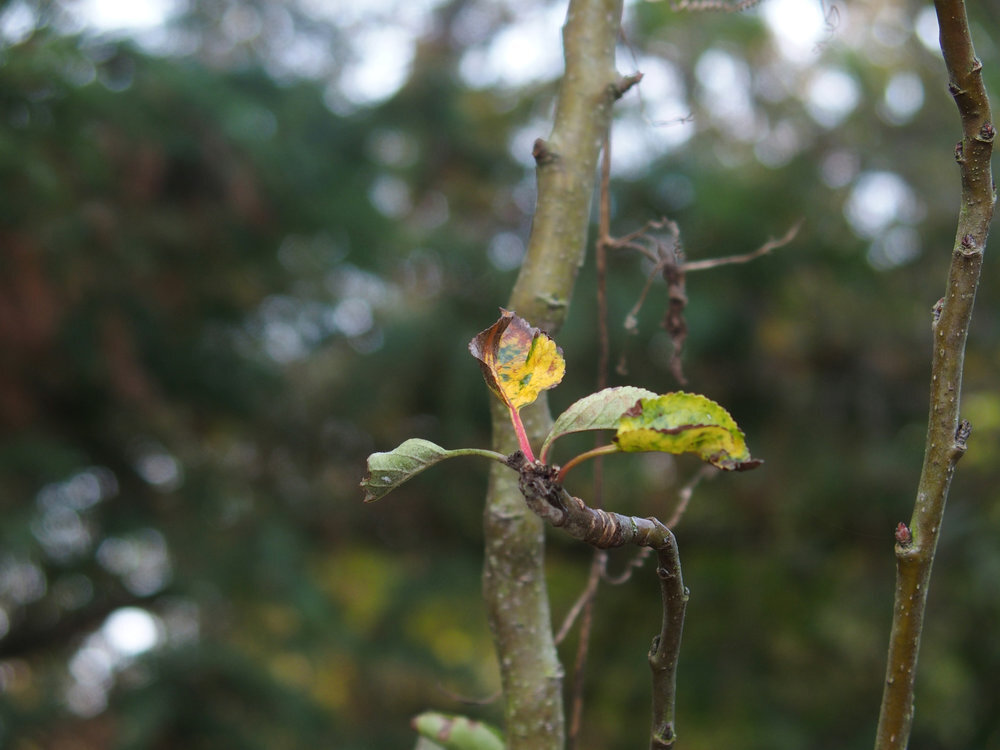BIODIVERSITY NET GAIN
+ What is Biodiversity Net Gain (BNG)?
There has been a well-documented trend of decline in the abundance and distribution of wildlife in the UK over the past 50 years. Planning legislation has done little to arrest this trend and, in some cases, has exasperated the situation through loss of habitats. Therefore, recent policy efforts have concentrated on developing a means of increasing the overall value and extent of our natural habitats within planning policy legislation. This has resulted in the ‘Environment Act (2021)’, which mandates the need for a calculable 10% increase in the total biodiversity units of each new development, based on calculations within the Defra Biodiversity Metric, in order to achieve Biodiversity Net Gain. The Environment Act (2021) received royal assent in 2021 and will become legally binding through amendment to the Town and Country Planning Act (1990), which Natural England schedule to take place in November 2023.
Although BNG is not legally binding at the national level yet, many local planning authorities (LPAs) are requesting BNG calculations for proposed developments, in order to evidence net gains for biodiversity, in line with existing local and national planning policy guidance. In our experience, LPAs are particularly likely to request BNG calculations for medium and large residential planning applications, and for applications which have given scant consideration of incorporating recommended ecological enhancements within their proposals.
If you need help demonstrating that your project will achieve Biodiversity Net Gain (BNG), this is something we can help you with. We can conduct habitat assessments and input the baseline conditions of your site into the BNG metric, to calculate a baseline biodiversity score. BNG can require a higher level of habitat assessment and it is sometimes necessary for habitat surveys to be conducted within the botanical growing season (April – October inclusive).
We can then assess the baseline score against a proposed landscape scheme (we can also advise on a landscape scheme if you need) and work with landscape architects (available in-house) to calculate the biodiversity units for the proposed scheme layout, to determine whether at least 10% BNG has been achieved. If 10% BNG has not been achieved we would provide a series of recommendations for options on how to achieve this, through modifications to the scheme design to ultimately create a scheme which delivers on BNG, whilst meeting the other requirements of your scheme, or alternatively through exploring off-site enhancement.
As BNG requires habitats to be delivered and managed for up to 30 years, we also offer habitat creation and management plans, which we can provide as a stand-alone report to discharge a planning condition, or to be added as an addendum to an Ecological Impact Assessment report.
+ How Could it Impact on Your Projects?
The extent, distinctiveness (value/rarity), and condition of habitats are variables used to calculate the biodiversity unit value of a site, both before and after development. Therefore, to maximise chances of achieving 10% BNG developers should seek to engage with ecologist at an early stage on establishing the ecological baseline on site and devising effective scheme layouts. Efforts are likely to focus on retaining and enhancing the most ecologically valuable habitats on site whilst implementing ecologically sensitive designs, such as those which include green roofs and walls, rain gardens and SUDs.
The reality is that at present the vast majority of developments we work on are far from achieving 10% BNG, so the implementation of BNG will have significant impacts on scheme design for the majority of projects we work on. Where it is not possible to achieve BNG on site there is the potential to use off site habitats to achieve BNG by engaging with local stakeholders/landowner who could use developer incentives to increase the biological value of off-site habitats, and therefore enable 10% BNG to be achieved. However, this can be a lengthy and protracted process, and should only be pursued when the principal of achieving BNG on site has been completely ruled out.




